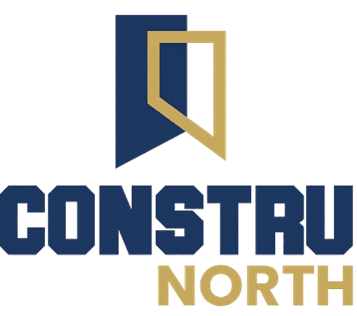Epoxy Floors
Epoxy floors have become increasingly popular in recent years for their durability and aesthetic appeal. Epoxy floors are made of a two-part resin that is applied to a concrete surface. The result is a hard, glossy surface that is resistant to stains and damage.
Advantages of Epoxy Floors
One of the main advantages of epoxy floors is their durability. Epoxy floors are resistant to damage from heavy foot traffic, machinery, and chemicals. They are also easy to clean and maintain, making them ideal for commercial and industrial settings.
Another advantage of epoxy floors is their versatility. They can be customized to match any design aesthetic, from modern and minimalist to rustic and industrial. Epoxy floors can be colored, textured, and even embedded with logos or other designs.
Epoxy floors are also an eco-friendly option. They are made with low VOC materials, which means they do not release harmful chemicals into the air. Additionally, epoxy floors are long-lasting, which reduces the need for frequent replacements and saves resources.
Applications of Epoxy Floors
Epoxy floors are commonly used in commercial and industrial settings, but they can also be used in residential settings. Here are some common applications of epoxy floors:
- Garage floors
- Basement floors li>Restaurant floors
- Retail store floors
- Warehouse floors
- Hospital floors
One of the most popular applications of epoxy floors is in garage floors. Epoxy floors are resistant to oil and grease, making them ideal for use in garages. They are also easy to clean and maintain, which is important in a space that is often dirty and dusty.
Installation Process
The installation process for epoxy floors involves several steps:
- Preparation of the concrete surface
- Application of the epoxy primer
- Application of the epoxy coating
- Application of the epoxy topcoat
The preparation of the concrete surface is the most important step in the installation process. The surface must be clean, dry, and free of any contaminants. Any cracks or imperfections in the concrete must be repaired before the epoxy is applied.
Once the surface is prepared, the epoxy primer is applied. The primer helps the epoxy bond to the concrete surface. After the primer has dried, the epoxy coating is applied. This is the layer that provides the glossy finish and the durability of the floor.
Finally, the epoxy topcoat is applied. This layer adds an extra layer of protection to the floor and can also add texture or anti-slip properties.
Maintenance of Epoxy Floors
Maintenance of epoxy floors is relatively easy. Here are some tips for keeping your epoxy floor looking great:
- Sweep or vacuum the floor regularly to remove dirt and debris
- Mop the floor with a mild detergent and warm water
- Avoid using harsh chemicals or abrasive cleaners
- Place mats or rugs at entrances to prevent dirt and debris from being tracked onto the floor
With proper maintenance, an epoxy floor can last for many years and continue to look great.
Conclusion
Epoxy floors are a durable, versatile, and eco-friendly flooring option that can be used in a variety of settings. They are easy to maintain and can be customized to match any design aesthetic. If you are considering a new floor for your home or business, epoxy floors are definitely worth considering.

